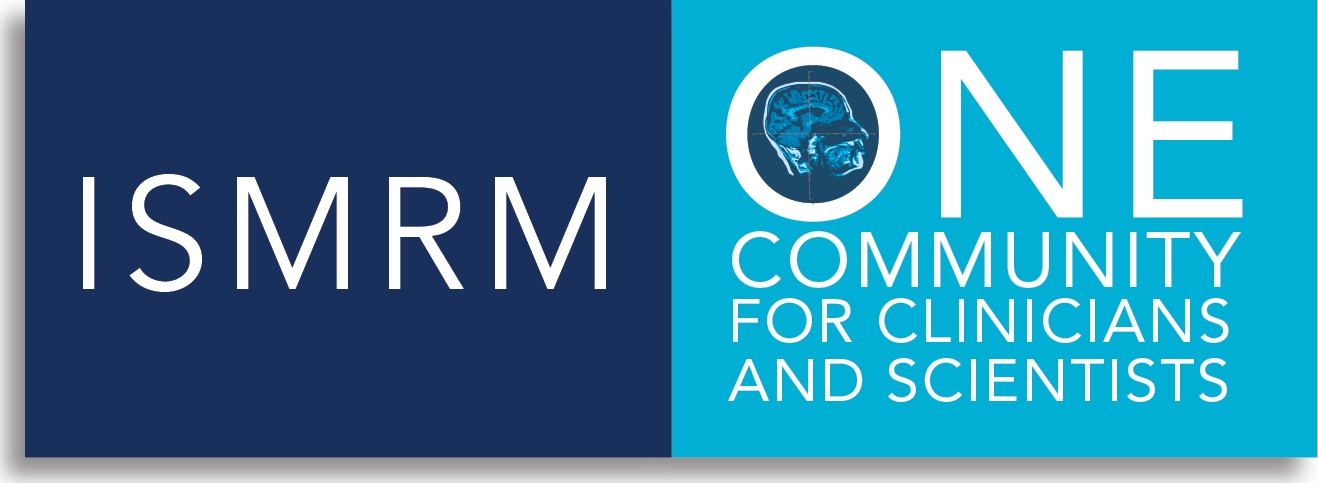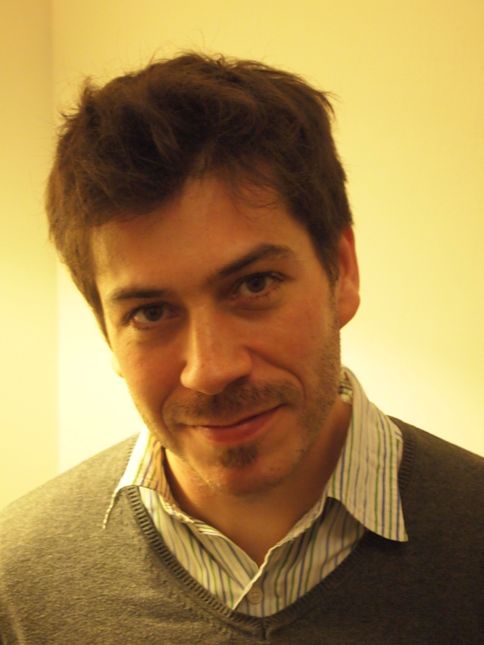I graduated from the Grenoble
Institute of Technology (INPG, Grenoble, France) in 2004 as
I completed my Master’s degree in engineering physics, and
specializing in biotechnology. At that time, I felt that
working in the medical imaging field was the best way to go
to fulfill my curiosity for the life sciences and the
medical world, taking benefit of my physicist’s background.
Then, I obtained a fellowship to enroll in a PhD program in
MRI technology at the University Paris Sud (Orsay, France),
working in the team of Dr. Luc Darrasse on a collaboration
project with the contrast media company Guerbet. The goal
was to use ultra-sensitive superconducting RF coils to push
the detection limit of new contrast agents designed for MR
molecular imaging applications. That was a very stimulating
project where physicists, chemists and biologists were
working hand in hand.
In 2008, I moved to the University of California San Diego
(San Diego, CA, USA) as a postdoc to pursue my research on
MR molecular imaging methods, working with Drs. Robert
Mattrey and Graeme Bydder. This was a unique experience to
widen my research perspectives in an outstanding academic
environment and to discover new horizons abroad.
I am now working in France at the Aix-Marseille University
(Marseille, France) in the MRI research lab founded by Prof.
Patrick Cozzone. My research is mainly focused on
magnetization transfer from inhomogeneously broadened lines,
a novel endogenous contrast mechanism that has appeared very
specific to the white matter microstructure. In addition I
am investigating advanced methods and applications of
ultra-high field MRI, as we are installing a new 7T scanner
in our department this semester. Quite exciting and
challenging projects!
Along this road, the ISMRM has always been my primary
research community. It is one of the greatest societies to
stay in touch with the best MR research and it is also very
valuable in terms of networking opportunities. I also
believe that continuing education is a precious asset to
open new research perspectives in such a highly
multidisciplinary environment, and for all this, I am very
thankful to the ISMRM society for the various meetings and
workshops I have had the chance to attend. The junior fellow
award is a strong recognition from the society, and I feel
very grateful and honored for receiving such an
encouragement. It supports my research and makes me want to
be more involved in the development of the ISMRM society and
what it offers to its members. I will do my best to help the
society in the future and to carry on this creative, lively
and friendly spirit!


